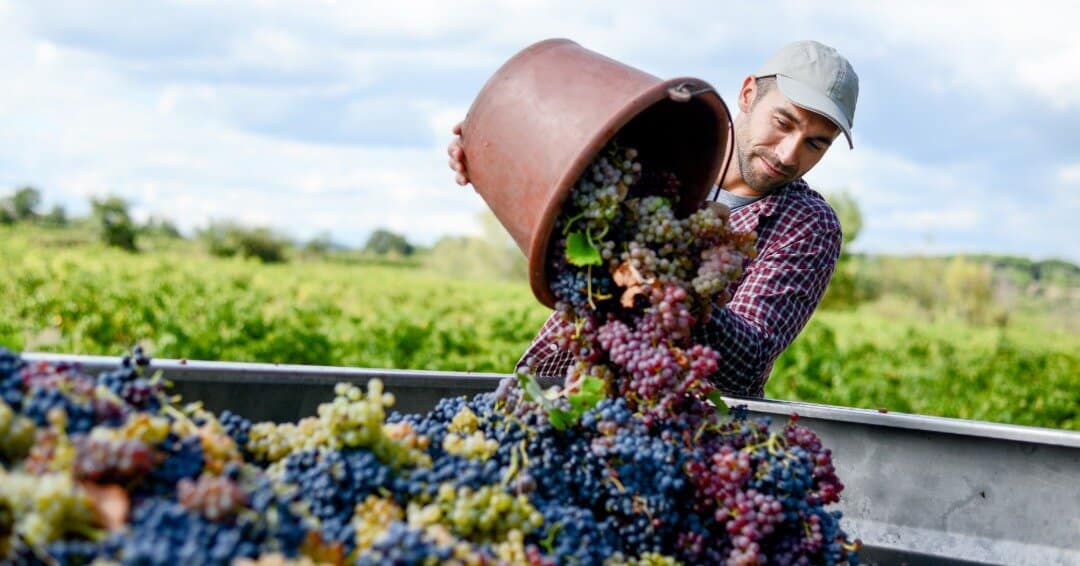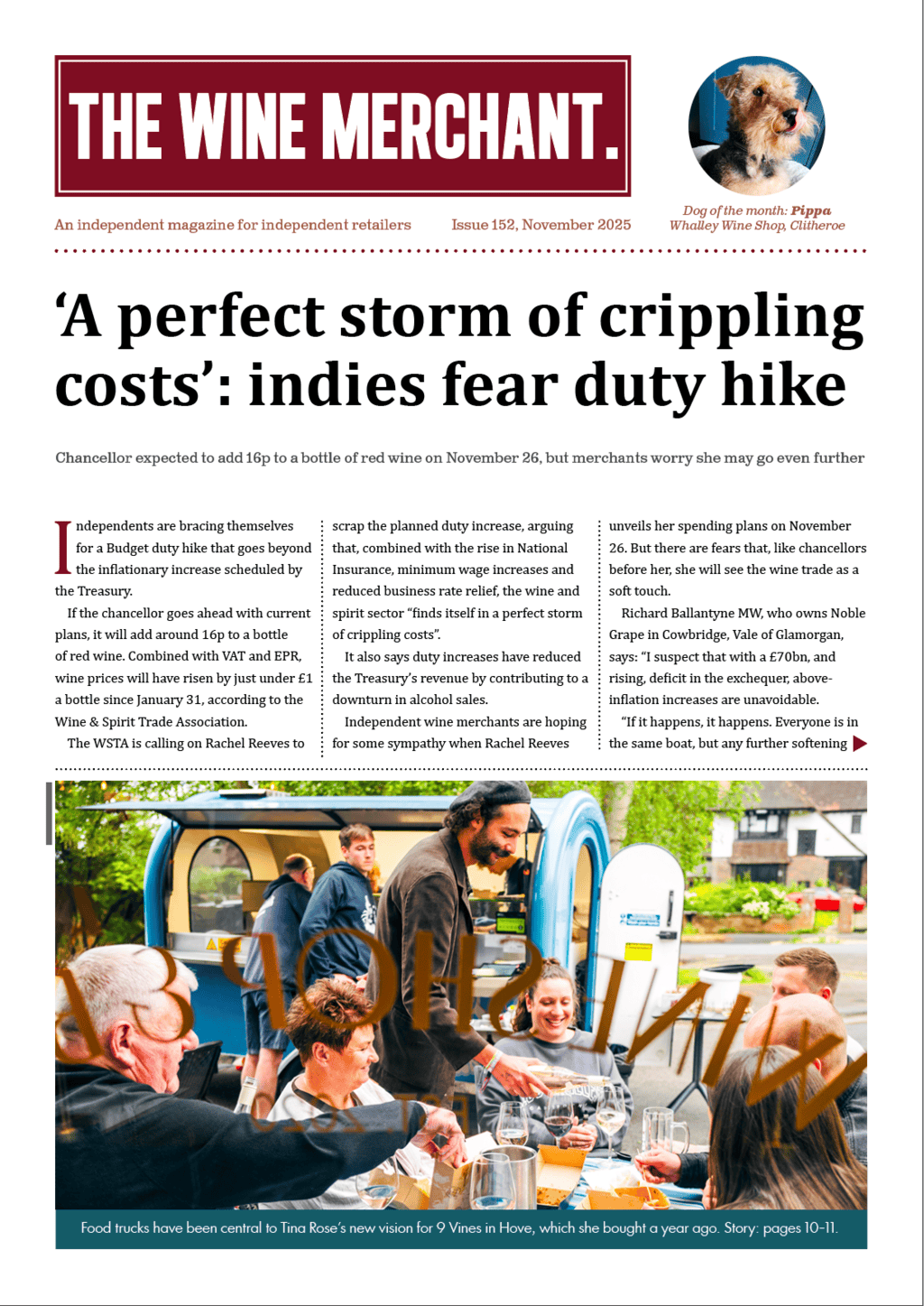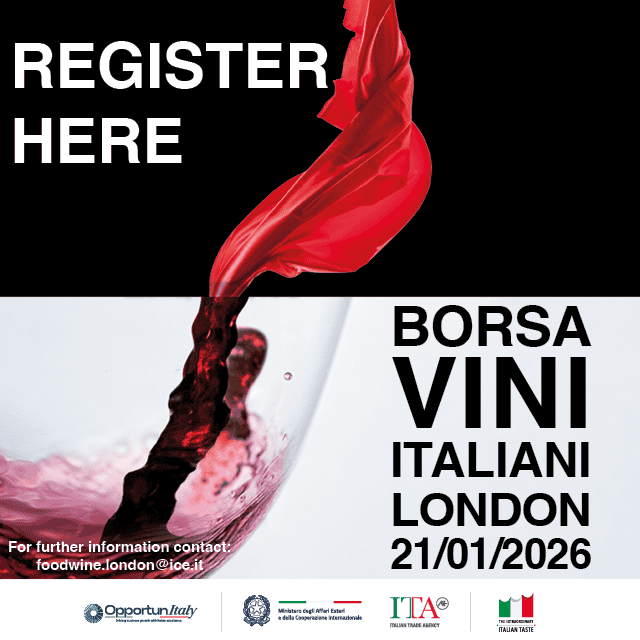Chile and Argentina have proven themselves at everyday price points. But producers in both countries are now making wines that can more than hold their own at premium levels Jacob Stokes reports
Chile’s credentials as a supplier of consistently reliable wines, with broad consumer appeal, are well known. More recently Argentina, too, has become a staple of most retail wine ranges. But is there more to come from South America?
Premiumisation is an ugly word for an attractive concept: taking consumers on a journey up the quality ladder in categories they have already started to explore. It’s an ambition that Chile and Argentina have the potential to fulfil.
“The quality-to-price ratio across South America is spectacular,” says Aaron Irons, sales and category development manager for Condor Wines. “In an environment where old world fine wine prices are becoming a barrier for many consumers, South America still offers extraordinary value for money in the premium segment.”
Irons believes South America “answers a whole spectrum of consumer needs beyond just value for money”.
He explains: “For buyers looking for wine with a story – be it a person, a philosophy or a sense of place – South America offers so many opportunities.
“For those looking to reduce their environmental impact, it has many producers that place sustainability at the heart of their winemaking. And the move towards lighter, deliciously drinkable styles will make exploration more accessible.”
Irons is impatient for consumers in the UK to catch up with what’s happening in South America.
“With a long history of producing consistent wines at a competitive price point, and without the premium old-world cues of classic names and appellations, South America is constantly reiterating that times have changed,” he says. “But the UK market seems slow to recognise that the story doesn’t end at entry-level wines.
“It’s frustrating because some of the premium expressions available now are so impressive. On the positive side, producers recognise this and are up for the challenge.”
So, if we’re looking for wines that will take consumers a little deeper into the South American category, where might we start?
ARGENTINA
“I would say Chubut in Argentina is a great place for premiumisation,” says Laurie Webster, founder of South American specialist Ucopia World Wines.
“It’s Patagonia, but much further south than anything previously. In fact, it’s home to the southernmost vineyards in the whole world. It’s an extremely marginal climate: the vines are on the edge of survival the whole time, and the labour intensity and challenges involved mean that by definition only premium wines can be produced.
“In terms of varieties, we are talking about Pinot Noir, Cabernet Franc and Chardonnay. The wines aren’t new world in style at all; they’re austere, elegant and ethereal. I could also imagine Riesling thriving here.
“Currently, there’s only a handful of vineyards and producers. But starting from now, and going into the next three to five years, we are going to see some extraordinary wines.”
Irons at Condor Wines says: “In Argentina, we’re seeing some exceptional wines from the Uco Valley and Lujan de Cuyo.
“Many of these are a result of precision viticulture and a commitment to fully understand subsoils and microclimates. This provides intimate knowledge of how to leverage individual terroirs whilst facilitating plans to manage the impacts of climate change.
“There’s now a real recognition of the importance for key varieties like Malbec to show a sense of place. The drill-down into micro-terroirs is producing a huge diversity of expressions that celebrate the identity of specific environments. And this level of commitment from wineries to explore and improve bodes well for the future.”
Webster agrees that Argentina is now producing a more grown-up version of its signature variety.
“The premiumisation of Malbec is ongoing, and the old trajectory of achieving a more premium product with loads of new oak and extraction is dead,” he says.
“Of course you’ll still see those big, old-fashioned wines because there are people who still believe that if they buy loads of expensive oak it’ll automatically make their wine premium. This is, of course, utter bollocks.
“I’m tasting Malbec now that steps so far away from that old stereotype that you wouldn’t even know it’s Malbec. They’re complex, delicate, floral and drinking beautifully straight after release.”
But Webster argues that the hottest variety in Argentina right now, if we’re talking about premiumisation, is Pinot Noir.
“Fifteen or 20 years ago, the only truly fine Pinot was coming from Rio Negro,” he says. “But now we are seeing fantastic Pinot all over, especially in the higher parts of the Uco Valley.
“And what needs stipulating is how the wines are not in any way related to the Pinot Noir that you would usually associate with the new world. It’s never dark, it’s never even remotely jammy. I don’t want to call it Burgundian but it’s certainly more European in style.”
CHILE
Irons says Condor is seeing “some exciting boutique wines in Colchagua from smaller, artisanal producers, with many exploring the potential of both ancient vines and unusual new Mediterranean varietals”.
He adds: “It’s also notable that many of these wineries are passionate about sustainability, with organic and biodynamic production now widely embraced.”
Anita Jackson is UK director of Wines of Chile. She says: “There’s no getting away from the fact that the southerly regions of Maule and Itata are where a lot of the excitement in Chilean winemaking currently is.
“It’s home to old-vine Carignan, Semillon, Cinsault, Chasselas, Muscat and so many more varieties, and these regions are where you find the most innovative winemaking techniques such as using clay amphoras, minimal intervention, field blends and co-fermentation.
“Itata’s cool climate, granitic soils and Pacific breezes give the wines freshness, minerality, and elegance, making it a hotspot for Chile’s most exciting, terroir-driven wines.
“If you’re exploring new expressions of País or Cinsault, or looking for general inspiration, this region is a goldmine. Maule is a region where heritage and experimentation coexist beautifully. Once known for bulk production, it’s now a hotbed for expressive, terroir-driven wines, especially from old vine Carignan, País, and Malbec.”
URUGUAY
Once occupying a novelty niche on merchants’ shelves, frequently with the sort of Tannat you could stand a teaspoon up in, Uruguay is emerging as a credible option for specialist retailers and open-minded consumers.
Irons at Condor says: “We would still see Uruguay as a wildly underrated region for wines at every level, but at the premium end we’re seeing some very fine expressions of Albariño which absolutely thrives in Uruguay’s maritime climate.
“We’re also seeing the region pioneering really complex natural expressions driven by winemaker philosophy. They’re stylish and modern, proving that premium doesn’t have to be conservative.”
He adds: “It’s impossible to not be inspired by Uruguay’s current approach. There’s a spirit of invention and innovation around varietals, production methods and wine styles. Whilst long associated with Tannat, we think that Uruguay really has found a flagship white in Albariño.”







